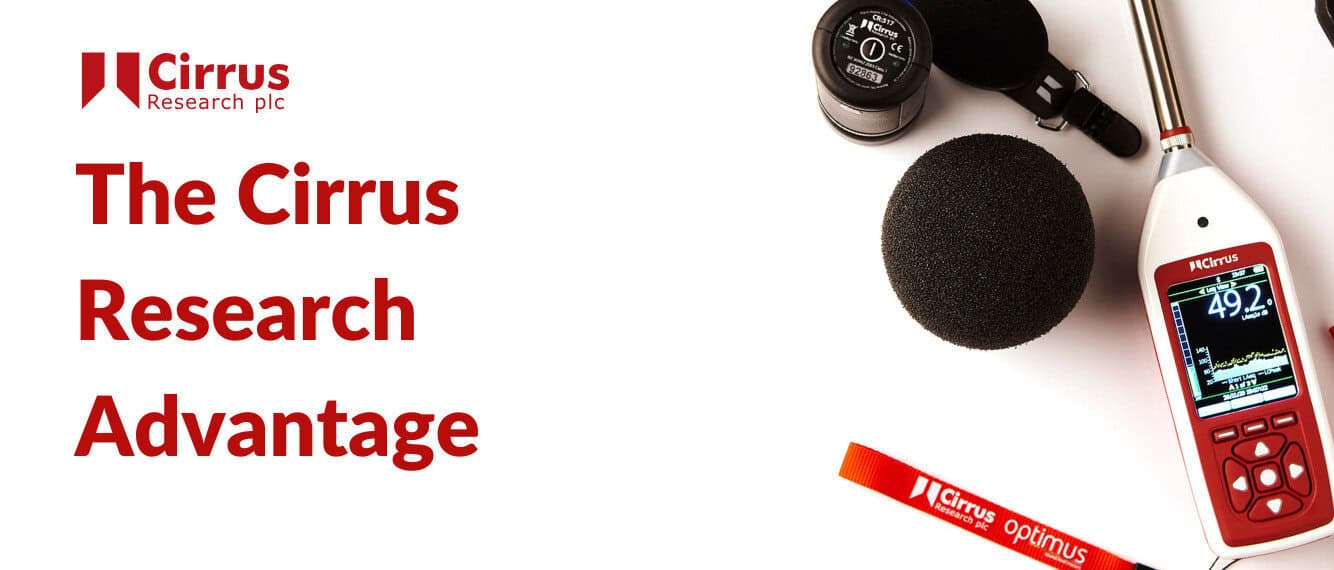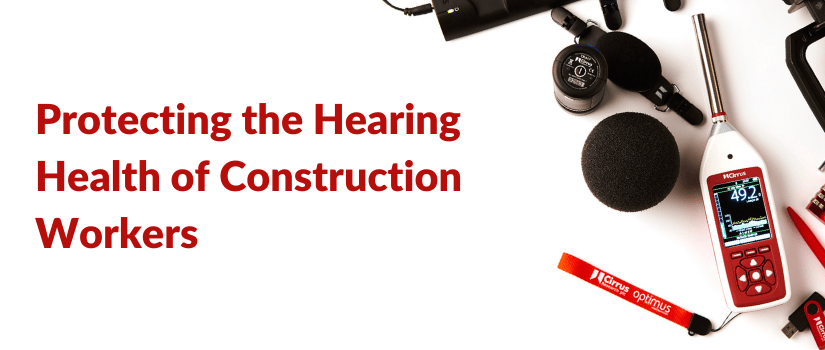The current standard for sound level meters, IEC 61672, is published in three parts. Here our explanation of IEC 61672 and what these parts mean for sound level meters.
The first part, Part 1, details the performance characteristics that a Class 1 or Class 2 sound level meter should have.
Part 2 is used by test laboratories, such as the PTB in Germany, to test instruments to ensure that they do indeed meet the manufacturers claims. This is known as Type or Pattern Approval.
Part 3 details test that can be carried during a periodic verification.
Below are the detailed description of each part of the IEC 61672 standard:
Part 1 – Electroacoustics – Sound level meters – Part 1: Specifications
Gives electroacoustical performance specifications for three kinds of sound measuring instruments: – a conventional sound level meter that measures exponential time-weighted sound level; – an integrating-averaging sound level meter that measures time-average sound level; and – an integrating sound level meter that measures sound exposure level. A single instrument may make any, or all, of the three kinds of measurements.
Two performance categories, class 1 and class 2, are specified in this standard. In general, specifications for class 1 and class 2 sound level meters have the same design goals and differ mainly in the tolerance limits and the range of operational temperatures.
Tolerance limits for class 2 specifications are greater than, or equal to, those for class 1 specifications. Sound level meters conforming to the requirements of this standard have a specified frequency response for sound incident on the microphone from one principal direction in an acoustic free field or from random directions.
Part 2 – Electroacoustics – Sound level meters – Part 2: Pattern evaluation tests
Provides details of the tests necessary to verify conformance to all mandatory specifications given in IEC 61672-1:2002 for conventional sound level meters, integrating-averaging sound level meters and integrating sound level meters.
Pattern evaluation tests apply for each channel of a multi-channel sound level meter, as appropriate. Tests and test methods are applicable to class 1 and class 2 sound level meters. The aim is to ensure that all testing laboratories use consistent methods to perform pattern evaluation tests.
Part 3 – Electroacoustics – Sound level meters – Part 3: Periodic tests
Describes procedures for periodic testing of conventional, integrating-averaging, and integrating sound level meters conforming to the class 1 or class 2 requirements of IEC 61672-1:2002.
The aim of the standard is to ensure that periodic testing is performed in a consistent manner by all testing laboratories.The purpose of periodic testing is to assure the user that the performance of a sound level meter conforms to the requirements of IEC 61672-1:2002 for a limited set of key tests and for the environmental conditions under which the tests were performed.
The extent of the tests in this part of IEC 61672 is deliberately restricted to the minimum considered necessary for periodic tests. Periodic tests described in this part of IEC 61672 apply to sound level meters for which the model has been, or has not been, pattern approved by an independent testing organization responsible for pattern approvals and in accordance with the test procedures of IEC 61672-2:2003.
Periodic tests described in this part of IEC 61672 also apply to sound level meters for which the manufacturer claims conformance to the requirements of IEC 61672-1. Because of the limited extent of the periodic tests, if evidence of pattern approval is not publicly available no general conclusion about conformance to the requirements of IEC 61672-1:2002 can be made, even if the results of the periodic tests conform to all applicable requirements of this part of IEC 61672.
If you have any questions, we would be delighted to hear from you.



